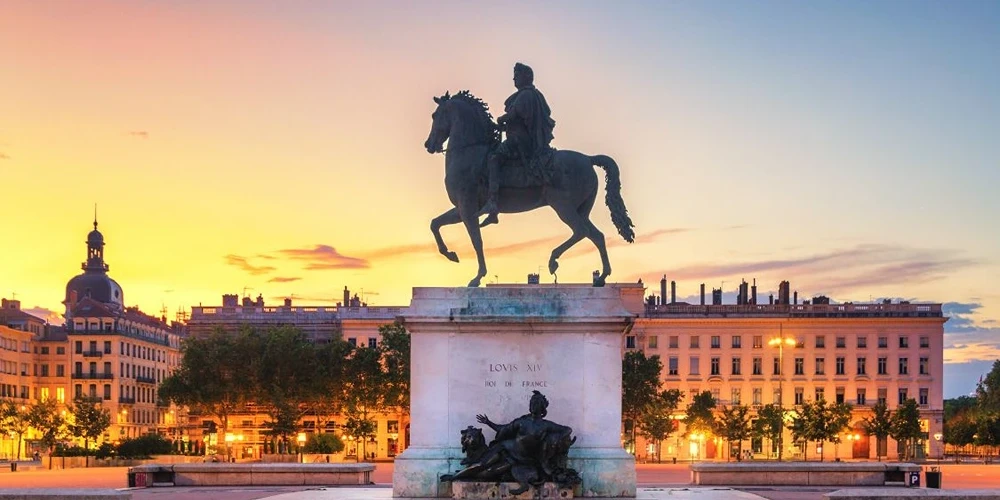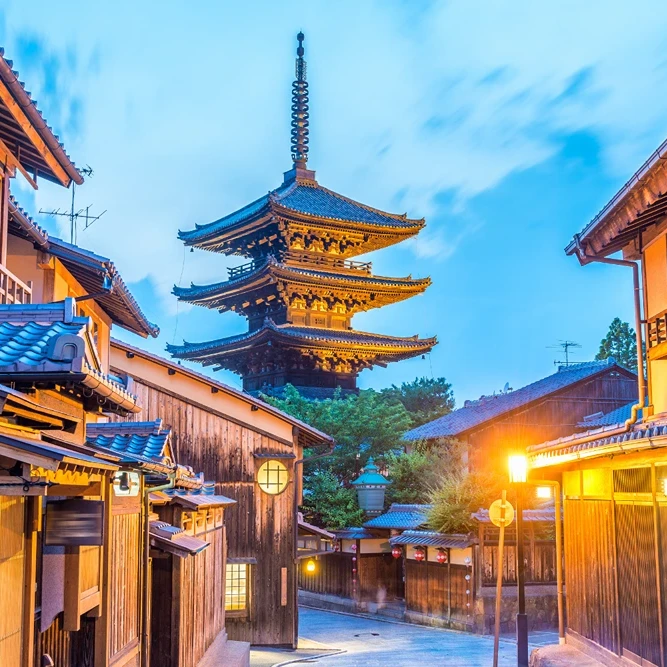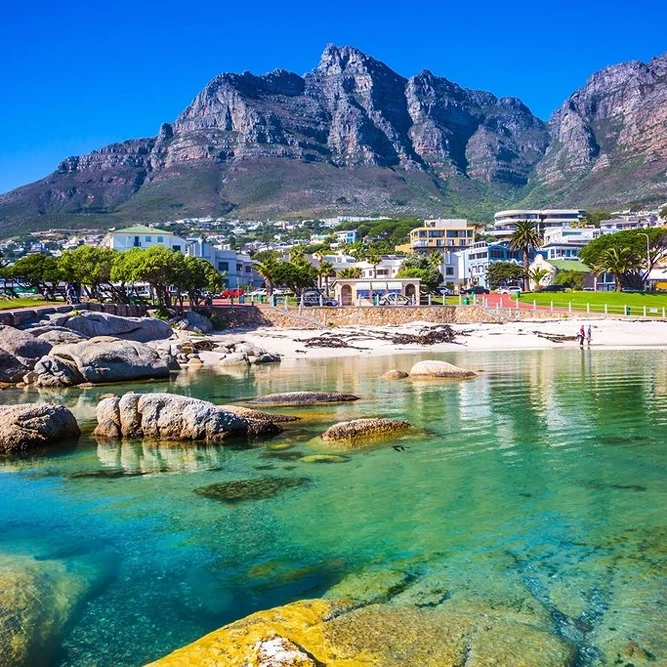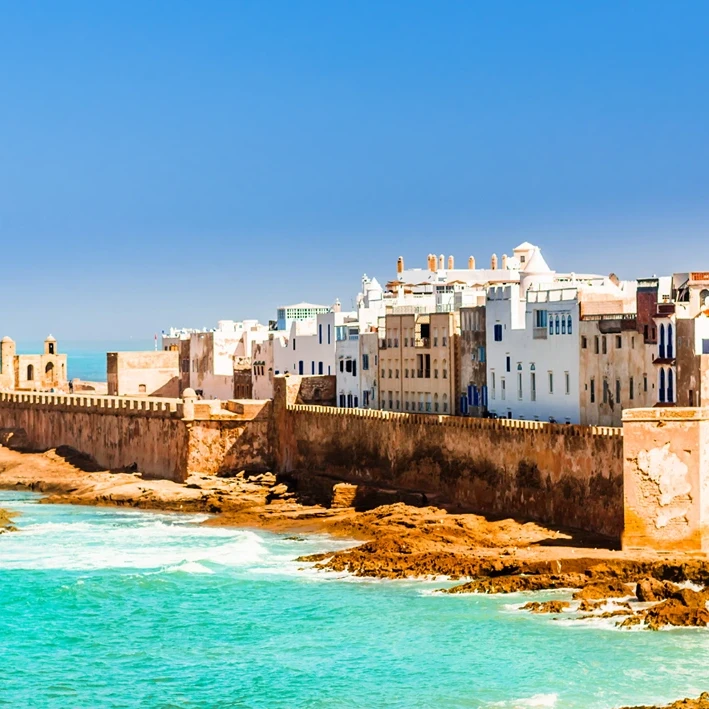Are you ready to delve into the heart of Lyon’s rich historical and cultural tapestry? Often overshadowed by its more famous neighbors, this stunning city offers an abundance of must-see attractions waiting to be explored. From the majestic heights of Fourvière Hill to the intricate mosaics of the Basilica of Notre-Dame de Fourvière, Lyon presents a captivating blend of history and artistry. Discover five remarkable places in Lyon that reflect its compelling past and vibrant culture. Prepare to immerse yourself in a journey through time and witness the best that Lyon has to offer.
Table of Contents
ToggleExploring the Historical Wonders of Lyon
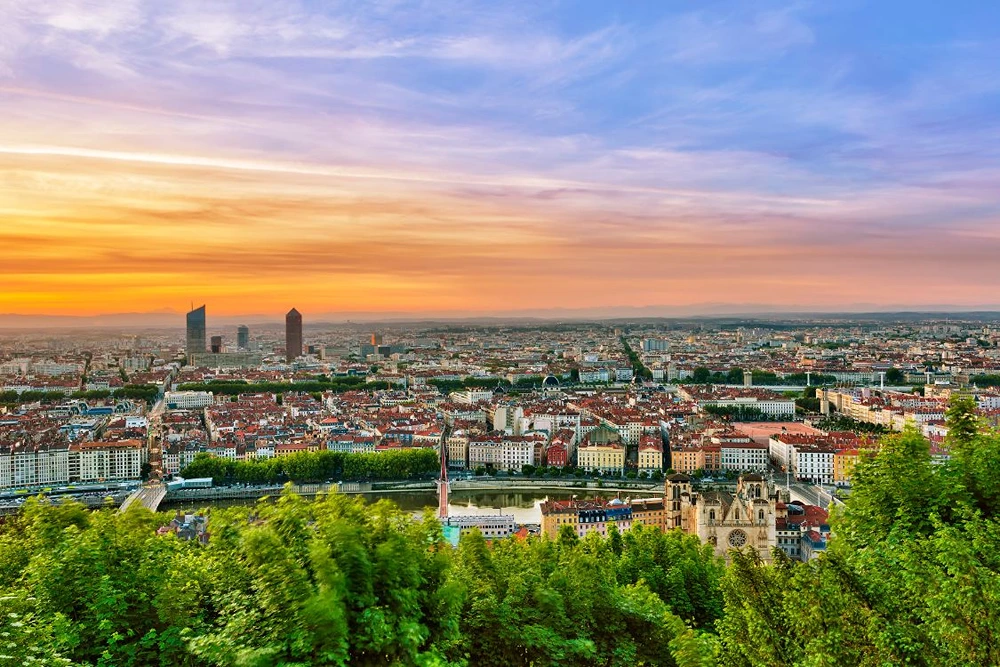
Fourvière Hill is a cornerstone of Lyon’s historical allure, offering significant Roman heritage sites. Dominating the hilltop is the Basilica of Notre-Dame de Fourvière, a masterpiece completed in 1884. The Basilica’s architectural design is a blend of Byzantine and Gothic elements, adorned with intricate mosaics that captivate visitors. Its location provides panoramic views of Lyon, making it a must-see attraction for both its historical and visual appeal. For those planning a visit, the Basilica is accessible by funicular, with opening hours typically from 8:00 AM to 6:00 PM.
Lyon’s Roman history is vividly brought to life at the Lugdunum Museum, which houses a collection of artifacts and exhibits detailing the ancient city’s past. Among its highlights are the remains of an ancient theater and the Odeon, once venues for performances and public gatherings. These sites offer a glimpse into the cultural life of Roman times. The museum is accessible to all, with guided tours available to enhance the experience. Opening hours are generally from 11:00 AM to 6:00 PM, closed on Mondays.
The Amphitheater of the Three Gauls, though less preserved, holds historical significance as a site of public executions and gladiatorial games. Despite the challenges of viewing it due to fencing and wear, it remains a testament to Lyon’s Roman past. Visitors can explore the amphitheater during daylight hours, with no fee required for entry. However, accessibility may be limited for those with mobility concerns due to uneven terrain.
- Basilica of Notre-Dame de Fourvière: Byzantine and Gothic design, stunning mosaics, panoramic views
- Lugdunum Museum: Ancient theater and Odeon, Roman artifacts
- Amphitheater of the Three Gauls: Historical site of public events, Roman heritage
- Fourvière Hill: Significant Roman history, accessible by funicular
- Vieux Lyon: Renaissance architecture, charming streets
These sites together offer a profound journey through Lyon’s historical landscape, blending ancient architecture with stories of the past. Each location provides unique insights into the city’s evolution, making them essential stops for any history enthusiast visiting Lyon.
Must-See Cultural Attractions in Lyon
The Musée des Beaux-Arts is an essential stop for art enthusiasts visiting Lyon. Housing one of the most important art collections in France outside Paris, it features works from ancient Egypt to modern times. Visitors can explore paintings, sculptures, and decorative arts, offering a comprehensive overview of art history. The museum is located in a stunning former abbey, adding to its cultural allure. It’s best visited in the morning to avoid crowds, and tickets can be booked online for convenience.
The Musée des Confluences stands out with its unique architectural design and its role as a science center and anthropology museum. Situated at the confluence of the Rhône and Saône rivers, it explores the history of life and societies through innovative exhibits. This museum is perfect for those interested in the intersection of science and history. To fully enjoy the exhibitions, it’s advisable to visit during weekdays, and advance booking is recommended to secure entry.
For performing arts aficionados, the Opéra National de Lyon is a cultural hub that should not be missed. Known for its diverse repertoire, the opera house hosts a range of performances from classical opera to contemporary dance. Its striking modern architecture is complemented by a rich calendar of events that cater to various artistic tastes. Attending a performance here offers a glimpse into Lyon’s vibrant cultural scene, and tickets can often be purchased through the opera’s official website.
The Resistance and Deportation History Center provides profound insights into Lyon’s role during World War II. This museum is dedicated to preserving the memory of those who resisted the Nazi occupation and those who were deported. Through detailed exhibits and personal stories, it offers a moving educational experience. Visiting this center is especially poignant for history buffs and those interested in understanding the complexities of wartime Lyon. It’s recommended to allocate a few hours to fully absorb the exhibits, and guided tours are available for a more in-depth understanding.
| Attraction | Description | Location |
|---|---|---|
| Musée des Beaux-Arts | Comprehensive art collection, former abbey setting | Lyon city center |
| Musée des Confluences | Science and anthropology museum, unique architecture | Confluence of Rhône and Saône |
| Opéra National de Lyon | Diverse performances, modern architecture | Lyon city center |
| Resistance and Deportation History Center | World War II history, personal stories | Lyon’s 7th arrondissement |
These cultural attractions offer diverse experiences that reflect Lyon’s rich heritage and dynamic contemporary culture, making them must-visit spots for travelers seeking to immerse themselves in the city’s artistic and historical offerings.
Experiencing Lyon’s Unique Local Flavors
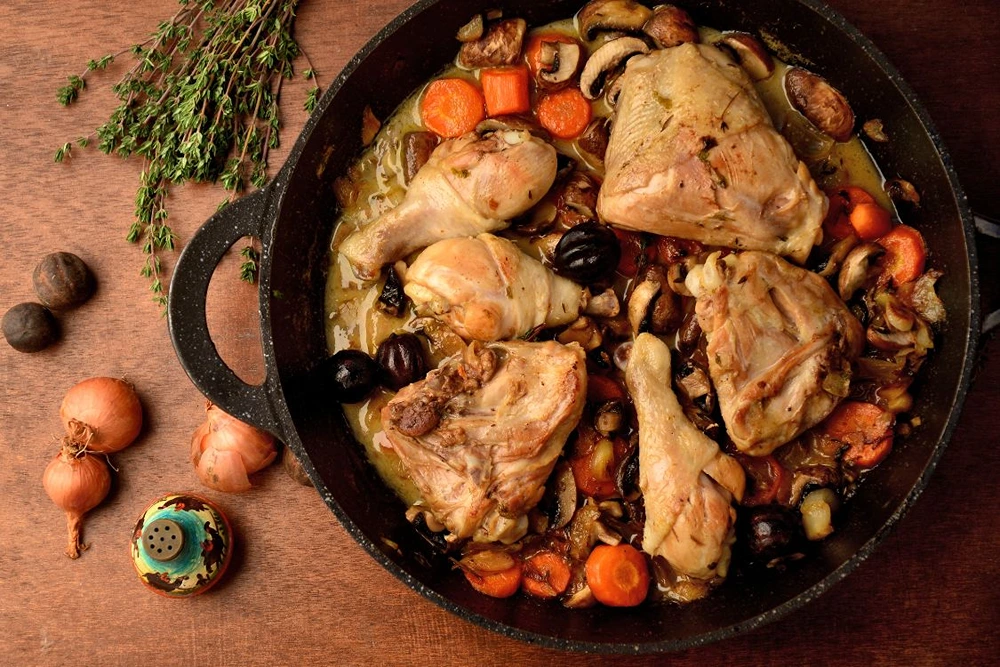
Lyon is renowned for its culinary excellence, and no visit would be complete without experiencing its traditional bouchons. These cozy, often family-run eateries are where one can savor the essence of Lyon’s gastronomy. What is a bouchon? It is a type of restaurant serving traditional Lyonnaise cuisine, characterized by hearty dishes like coq au vin, quenelles, and andouillette. The atmosphere in a bouchon is typically warm and inviting, with a focus on authentic culinary experiences. When searching for an authentic bouchon, look for establishments that are part of the “Authentique Bouchons Lyonnais” association, which ensures adherence to traditional culinary standards.
For those eager to explore more of Lyon’s gastronomic offerings, Les Halles de Lyon Paul Bocuse is a must-visit. Named after the legendary chef, this indoor market is a haven for food lovers, offering a wide array of fresh produce, cheeses, meats, and local specialties. It’s an ideal spot to sample Lyon’s rich flavors or even pick up some gourmet souvenirs. Another notable dining experience can be found at Grive Epicier Bistrotier, known for its innovative takes on classic dishes and a vibrant atmosphere.
- Chez Chabert: Known for its quirky interior and budget-friendly Lyonnaise dishes.
- Daniel & Denise: Offers a refined bouchon experience with traditional menu items.
- Café Comptoir Abel: One of the oldest bouchons in Lyon, famed for its coq au vin.
- Le Café des Fédérations: A quintessential bouchon with a rustic vibe and traditional fare.
- Les Halles de Lyon Paul Bocuse: A bustling market that showcases the best of Lyon’s culinary treasures.
These spots offer a delectable exploration of Lyon’s gastronomic landscape, providing visitors with a genuine taste of the city’s culinary heritage.
The Beauty of Lyon’s Outdoor Spaces
Parc de la Tête d’Or is a haven for nature lovers, providing an expansive green oasis in the heart of Lyon. Spanning over 290 acres, the park features a beautiful lake where visitors can enjoy boating and picnicking. The botanical garden within the park boasts over 20,000 plant varieties, making it a delightful spot for plant enthusiasts. The best time to visit is during spring and summer when the flowers are in full bloom, offering a vibrant and colorful experience.
A Saône River cruise offers a leisurely way to take in Lyon’s stunning sights. Gliding along the river, voyagers can admire the city’s picturesque skyline and historical landmarks. Cruises typically operate from spring to autumn, with the warmer months providing the most pleasant conditions for an alfresco experience. Some cruises offer themed tours or dining options, adding an extra layer of enjoyment to the voyage.
The Croix-Rousse district is renowned for its panoramic views and rich cultural atmosphere. Visitors can explore its hilly streets, lined with quaint cafés and local eateries, perfect for a leisurely stroll. The district is also famous for its murals and artistic vibe, thanks to its historical role as a center for silk weaving. To fully appreciate its beauty, visit during early morning or late afternoon when the light enhances the area’s charm. Special events, such as local markets, often occur on weekends, adding to the district’s lively ambiance.
Immersing in Lyon’s Vibrant Art Scene
Lyon’s art scene is a vibrant tapestry of murals and frescos, making the city an open-air gallery. With over a hundred murals scattered throughout, Lyon is renowned for its street art that reflects the city’s cultural and historical narratives. One of the standout murals is the Mur des Canuts, which holds the title of the largest trompe-l’œil mural in Europe. Located in the Croix-Rousse district, it vividly depicts the transformation of the neighborhood and celebrates its silk-weaving heritage. Another significant mural is the Fresque des Lyonnais, showcasing 30 famous figures from Lyon’s history, blending the past with the present.
Lyon’s contribution to the arts extends beyond murals. The Musée Lumière is a testament to the city’s cinematic legacy, celebrating the Lumière Brothers, who pioneered film technology. This museum offers insights into the early days of cinema, providing a fascinating journey through film history. Additionally, the city’s support for street art is evident in its numerous commissioned murals, which not only enhance urban aesthetics but also engage the community in cultural dialogue.
- Mur des Canuts: Largest trompe-l’œil mural in Europe, located in the Croix-Rousse district
- Fresque des Lyonnais: Celebrates Lyon’s historical figures, blending history with modernity
- Fresque de la Bibliothèque: Depicts iconic literary figures, emphasizing Lyon’s intellectual heritage
These artistic sites are essential stops for those wanting to delve into Lyon’s cultural journey, offering a unique perspective on the city’s rich artistic heritage.
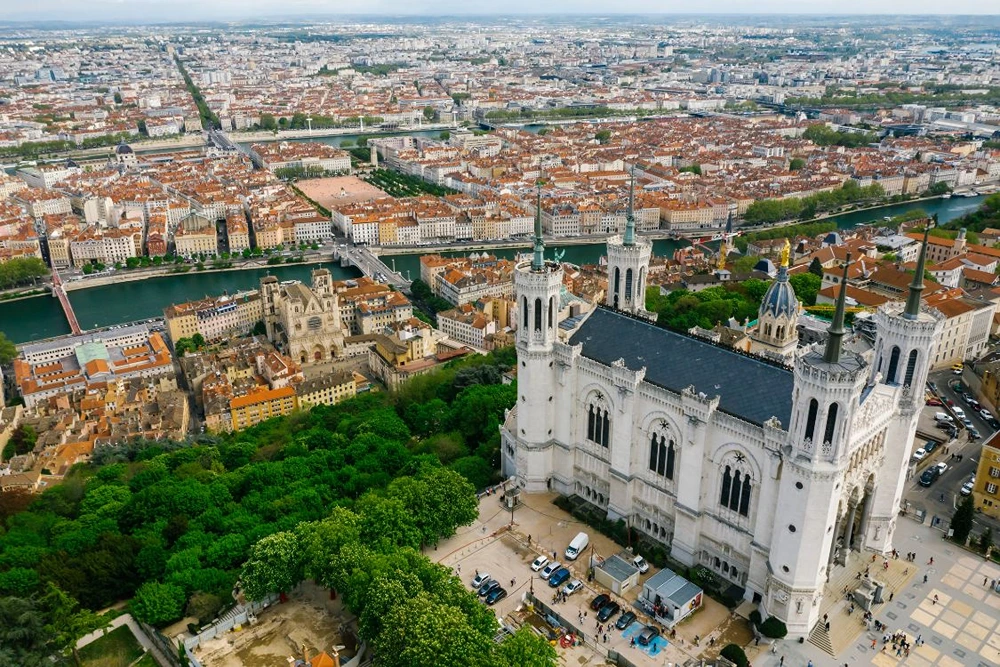
Day Trips and Excursions from Lyon
The medieval town of Pérouges, located approximately 40 kilometers from Lyon, is a captivating destination for a day trip. Known for its well-preserved historic walls and cobbled streets, Pérouges offers a glimpse into the past with its picturesque old town. Visitors often marvel at the architecture and enjoy the local specialty, the “galette de Pérouges,” a delicious sugar pie. Access to Pérouges is convenient by car or train, and the journey takes about an hour. Walking tours are available for those interested in learning more about the town’s rich history.
Wine enthusiasts will find the nearby Beaujolais wine region an exciting excursion. Famous for its rolling vineyards and charming villages, the region provides an excellent opportunity to explore local wineries and taste the renowned Beaujolais wines. Many wineries offer guided tours and tastings, allowing visitors to learn about wine production and enjoy the scenic countryside. The Beaujolais region is easily reachable by car from Lyon in less than an hour, and organized tours are also available for those preferring a guided experience.
Another recommended day trip is to the city of Vienne, which is steeped in Roman history. Vienne is home to impressive Roman ruins, including the Temple of Augustus and Livia and an ancient theater. Visitors can explore these historical sites and enjoy the city’s vibrant cultural scene. Vienne is accessible by train, with a travel time of around 30 minutes from Lyon, making it a convenient and enriching excursion.
| Destination | Key Attraction | Travel Time from Lyon |
|---|---|---|
| Pérouges | Historic walls and old town | 1 hour |
| Beaujolais | Wine tours and tastings | Less than 1 hour |
| Vienne | Roman ruins | 30 minutes |
Final Words
Lyon offers a captivating blend of history, culture, and gastronomy. Visitors can explore its ancient landmarks, such as Fourvière Hill, and experience cultural treasures like the Musée des Beaux-Arts. The city’s culinary scene, with local bouchons and markets, is a must-try for any food lover. Outdoor spaces provide serene escapes, while the art scene captivates with its murals and cinematic history. Day trips to nearby towns and wine regions enhance the experience. For those seeking the best places to visit in Lyon, the city’s diverse offerings ensure a memorable exploration.

FAQ
Q: What is Lyon most famous for?
A: Lyon is renowned for its gastronomy, historical architecture, and silk industry. It’s also recognized for its UNESCO World Heritage sites and vibrant cultural scene.
Q: What is the most visited place in Lyon?
A: The Basilica of Notre-Dame de Fourvière is the most visited place in Lyon. Known for its stunning architecture and panoramic city views, it draws tourists year-round.
Q: What are some unique things to do in Lyon?
A: Unique activities in Lyon include exploring traboules in Vieux Lyon, visiting the Musée des Confluences, and enjoying a traditional meal at a bouchon.
Q: Is Lyon worth visiting for tourists?
A: Lyon is indeed worth visiting. Its rich history, culinary excellence, and cultural attractions offer a diverse experience for any traveler.
Q: What is the nicest part of Lyon?
A: The Croix-Rousse district, known for its artistic vibe and panoramic views, is considered one of the nicest parts of Lyon.
Q: Places to visit in Lyon for free?
A: Free places to visit in Lyon include Parc de la Tête d’Or, the historic Vieux Lyon district, and the Confluence Museum’s outdoor areas.
Q: What can I do in Lyon for a day?
A: For a day in Lyon, visit Fourvière Hill for historical sites, explore Vieux Lyon’s streets, and enjoy local cuisine at Les Halles de Lyon Paul Bocuse.
Hazel Wall is a passionate traveler, writer, and explorer dedicated to sharing her experiences and insights with fellow adventurers. With a background in journalism and a deep love for discovering new cultures, Hazel has journeyed across continents, immersing herself in diverse landscapes and traditions.


